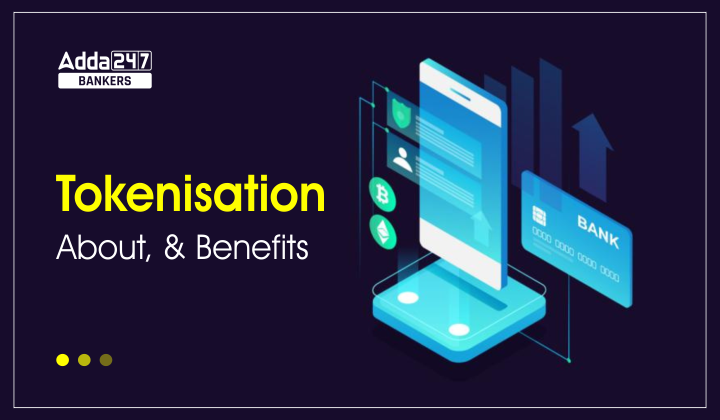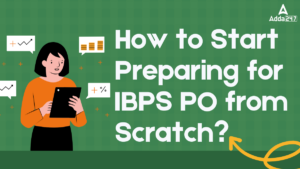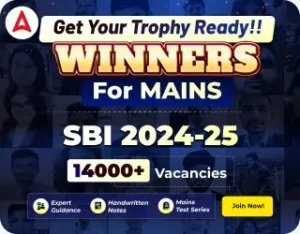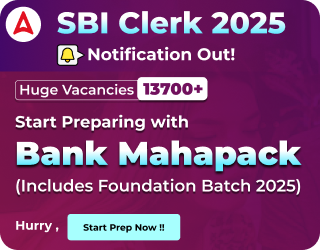Table of Contents
Target 40+ is series of static awareness in context of current affairs. This will support your preparation along with the power capsule provided by our team. In this article we are discussing about Tokenisation.
Recent in news: The Reserve Bank of India (RBI) announced an extension of the deadline for card data storage and tokenisation implementation by another three months to September 30, 2022.
PhonePe announced that it had tokenized 14 million credit and debit cards on its network in accordance with the RBI’s (Reserve Bank of India) guidelines for data security.
What is tokenisation?
Ans. Tokenisation refers to replacement of actual card details with an alternate code called the “token”, which shall be unique for a combination of card, token requestor (i.e. the entity which accepts request from the customer for tokenisation of a card and passes it on to the card network to issue a corresponding token) and device (referred hereafter as “identified device”).
What is de-tokenisation?
Ans. Conversion of the token back to actual card details is known as de-tokenisation.
What is the benefit of tokenisation?
Ans. A tokenised card transaction is considered safer as the actual card details are not shared with the merchant during transaction processing.
How can the tokenisation be carried?
Ans. The card holder can get the card tokenised by initiating a request on the app provided by the token requestor. The token requestor will forward the request to the card network which, with the consent of the card issuer, will issue a token corresponding to the combination of the card, the token requestor, and the device.
What are the charges that the customer need to pay for availing this service?
Ans. The customer need not pay any charges for availing this service.
What are the use cases (instances / scenarios) for which tokenisation has been allowed?
Ans. Tokenisation has been allowed through mobile phones and / or tablets for all use cases / channels (e.g., contactless card transactions, payments through QR codes, apps etc.)
Can tokenisation be enabled through a smart watch or such other devices?
Ans. The feature of tokenisation is restricted to mobile phones and / or tablets only.
Who are the parties / stakeholders in a tokenisation transaction?
Ans. Normally, in a tokenised card transaction, parties / stakeholders involved are merchant, the merchant’s acquirer, card payment network, token requestor, issuer and customer. However, an entity, other than those indicated, may also participate in the transaction.
Are the customer card details safe after tokenisation?
Ans. Actual card data, token and other relevant details are stored in a secure mode by the authorised card networks. Token requestor cannot store Primary Account Number (PAN), i.e., card number, or any other card detail. Card networks are also mandated to get the token requestor certified for safety and security that conform to international best practices / globally accepted standards.
Whom shall the customer contact in case of any issues with his / her tokenised card? Where and how can he / she report loss of device?
Ans. All complaints should be made to the card issuers. Card issuers shall ensure easy access to customers for reporting loss of “identified device” or any other such event which may expose tokens to unauthorised usage.
Is tokenisation of card mandatory for a customer?
Ans. No, a customer can choose whether or not to let his / her card tokenised.
Does the customers have the option to select tokenisation for a particular use case?
Ans. Customers have the option to register / de-register their card for a particular use case, i.e., contactless, QR code based, in-app payments, etc.
How does the process of registration for a tokenisation request work?
Ans. The registration for a tokenisation request is done only with explicit customer consent through Additional Factor of Authentication (AFA), and not by way of a forced / default / automatic selection of check box, radio button, etc. Customer will also be given choice of selecting the use case and setting-up of limits.
Can the customer set / select own limits for tokenised card transactions?
Ans. Customers have the option to set and modify per transaction and daily transaction limits for tokenised card transactions.
Is there any limit on the number of cards that a customer can request for tokenisation?
Ans. A customer can request for tokenisation of any number of cards. For performing a transaction, the customer shall be free to use any of the cards registered with the token requestor app.
Can the customer select which card to be used in case he / she has more than one card tokenised?
Ans. For performing any transaction, the customer shall be free to use any of the cards registered with the token requestor app.
Is there any limit on the number of devices on which a card can be tokenised?
Ans. A customer can request for tokenisation of his / her card on any number of devices. However, as of now, this facility shall be offered through mobile phones / tablets only.
Recent Posts
| Current Affairs April 2022 | |




 GA Capsule for SBI Clerk Mains 2025, Dow...
GA Capsule for SBI Clerk Mains 2025, Dow...
 The Hindu Review October 2022: Download ...
The Hindu Review October 2022: Download ...
 How to Start Preparing for IBPS PO from ...
How to Start Preparing for IBPS PO from ...





